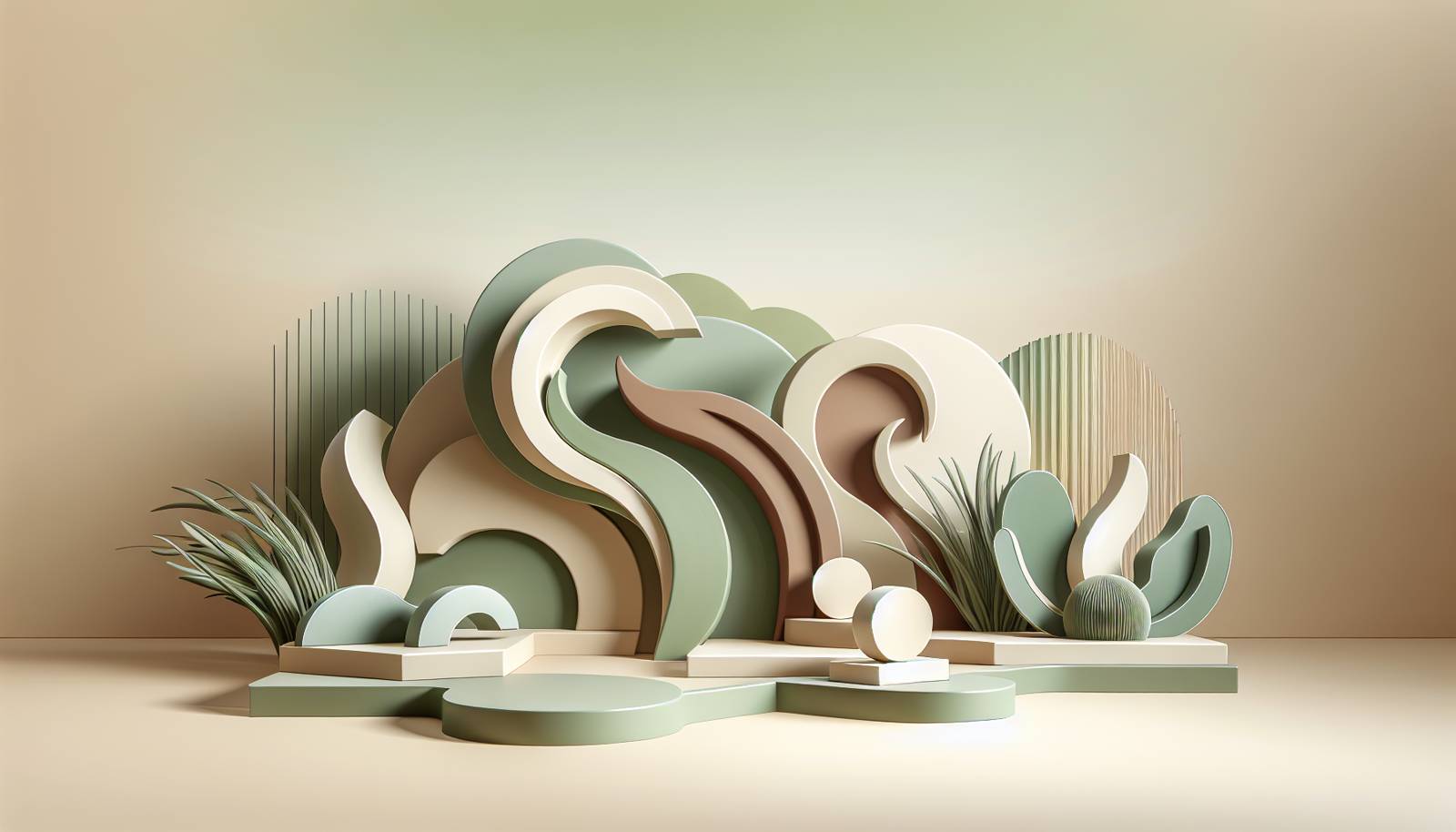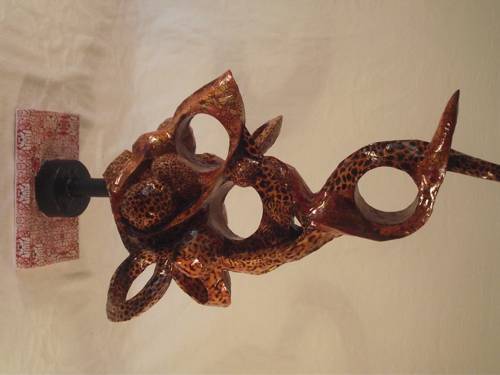
FAQ About The Role of Sculptures in Modern Landscaping

What are the benefits of including sculptures in modern landscaping?
Sculptures in modern landscaping offer numerous benefits, including enhancing the aesthetic appeal of a space, creating focal points, and adding a unique artistic element that can reflect the culture or history of an area. They also encourage public interaction and can serve as landmarks or gathering points.

How do sculptures in landscaping enhance public spaces?
Sculptures enhance public spaces by providing visual interest and engaging the community. They can transform ordinary areas into culturally vibrant spaces that stimulate dialogue and creativity. Sculptures can also promote tourism and serve as a significant part of a city’s identity.

What materials are commonly used for sculptures in modern landscapes?
Common materials for sculptures in modern landscapes include metal, stone, wood, and fiberglass. These materials are selected for their durability and ability to withstand weather conditions. Additionally, artists may choose materials based on the concept or theme of the installation.

How do sculptures integrate with both natural and urban landscapes?
Sculptures integrate into natural landscapes by complementing the surrounding flora and terrain, often using organic forms and materials. In urban landscapes, they may contrast with architectural elements, adding warmth and texture to hardscapes, or they might echo architectural themes through modern materials and designs.

Can sculptures in landscapes serve an environmental purpose?
Yes, sculptures can serve environmental purposes by using sustainable materials or designs that promote awareness about ecological issues. Some sculptures may incorporate elements such as rainwater collection or solar panels, integrating art with environmental functions.

Who are some prominent artists known for landscape sculptures?
Prominent artists known for landscape sculptures include Henry Moore, Richard Serra, and Andy Goldsworthy. These artists are recognized for their innovative use of materials and ability to harmonize their works with natural and urban settings.

What considerations are necessary for placing a sculpture in a landscape?
Key considerations include the sculpture’s scale relative to the space, the site’s environmental conditions, and potential interactions with viewers. Additionally, accessibility, safety, and maintenance of the sculpture are important aspects to evaluate.

How do sculptures in landscapes impact community engagement?
Sculptures can significantly boost community engagement by providing shared experiences and acting as a catalyst for cultural and educational activities. They offer platforms for public events and can inspire local communities to participate in art-related activities.

What role do sculptures play in expressing artistic vision in landscape design?
Sculptures play a critical role in expressing artistic vision by bringing abstract concepts to life within a landscape. They allow artists to convey messages, evoke emotions, and transform spaces into immersive experiences that extend beyond traditional design approaches.

How do contemporary landscape sculptures differ from traditional sculptures?
Contemporary landscape sculptures often use modern materials and techniques, emphasizing interaction and engagement with the environment. They tend to address current issues and themes, such as sustainability and technology, while traditional sculptures might focus more on classical aesthetics and symbolism.

Are there any famous landscapes that prominently feature sculptures?
Yes, many famous landscapes prominently feature sculptures. For example, the Storm King Art Center in New York and the Olympic Sculpture Park in Seattle are renowned for their integrated sculptures, showcasing art in an expansive outdoor setting.

How can sculptures be used to tell a story in landscaping?
Sculptures can tell a story by representing historical events, cultural myths, or personal narratives. Through symbolic forms, textures, and spatial arrangements, sculptors can convey complex stories that resonate with viewers on multiple levels.

What are some challenges of incorporating sculptures into landscapes?
Challenges include ensuring structural stability and weather resistance, avoiding vandalism, and maintaining aesthetic harmony with the surroundings. Budget constraints and logistical considerations, such as transportation and installation, also play critical roles.

How does the size of a sculpture affect its impact in a landscape?
The size of a sculpture can dramatically affect its impact by determining the visibility and presence within a landscape. Larger sculptures are more likely to draw attention and become focal points, while smaller installations might invite closer, more intimate interaction.

What is the historical significance of sculptures in public landscapes?
Sculptures have long been used in public landscapes to commemorate important figures or events, beautify communal areas, and express societal values. Historically, they have served as key elements in urban planning and cultural expression.

Can interactive sculptures be part of modern landscaping?
Yes, interactive sculptures are increasingly popular in modern landscaping. These installations invite physical interaction from the public, often incorporating features like sound, light, or movement, thereby enhancing the experiential quality of the space.

How do sculptures affect the ecology of natural landscapes?
Sculptures can impact the ecology of natural landscapes through material choice and placement, which may affect local flora and fauna. Responsible placement and environmentally conscious materials can mitigate negative effects and promote ecological balance.

Why are sculptures an important element in urban landscape design?
Sculptures are crucial in urban landscape design as they provide cultural and aesthetic value, create identity within the cityscape, and offer relief from the density of concrete and high-rises. They can also inspire social cohesion and community pride.

What are the trends in modern landscaping sculptures?
Current trends in landscaping sculptures include sustainability, minimalism, and technological integration. Artists are exploring eco-friendly materials, interactive experiences, and designs that reflect social and environmental themes, pushing the boundaries of traditional sculpture.

How do sculptures influence the mood or atmosphere of a landscape?
Sculptures can significantly influence the mood or atmosphere by adding elements of surprise, tranquility, or dynamism. Factors such as color, form, and placement can evoke emotions and transform the perception of a landscape, making it more engaging or contemplative.
